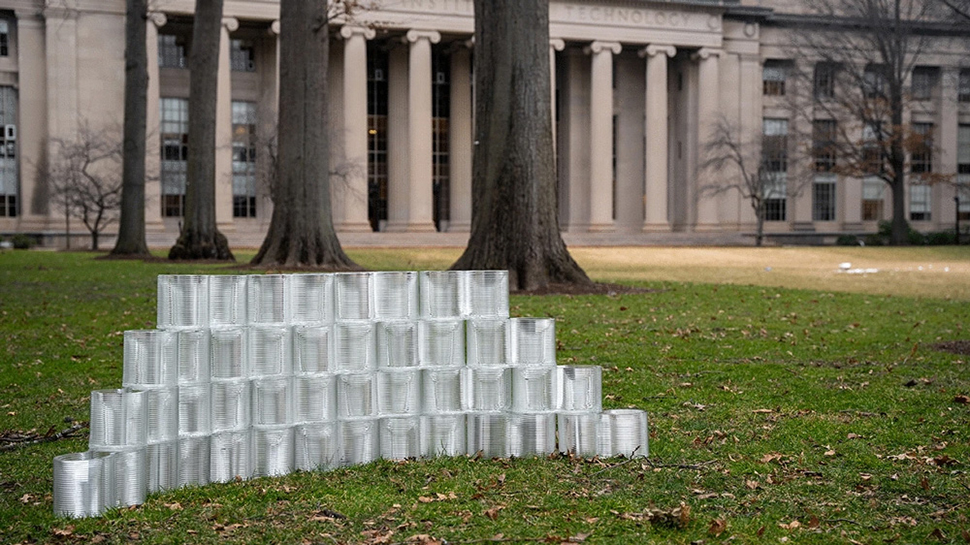Would you live in a house of glass? Researchers have 3D-printed glass bricks that mimic the popular Lego interlocking system and can be recycled infinitely
The glass bricks are as strong as regular concrete blocks

MIT engineers are aiming to make construction more sustainable by developing reusable bricks made from 3D-printed recycled glass.
The approach follows the principles of “circular construction”, which focuses on reusing and repurposing building materials rather than creating new ones, with an aim to lower the construction industry's embodied carbon - the greenhouse gas emissions linked to every stage of a building's lifecycle.
Using a special 3D glass printing technology from MIT spin-off Evenline, the team has created strong, layered glass bricks shaped like figure eights. These bricks lock together like Lego pieces, making it easy to build and take apart structures. The design allows the bricks to be used again and again for walls and other parts of buildings without the need for new materials.
Breaking people's brains a little bit
The glass bricks are made from soda-lime glass, a type often used in glassblowing studios. Each brick has two round pegs that enable them to lock together without glue. There is also a protective layer between the bricks to stop scratches and cracks, but this layer can be removed so the bricks can be recycled, melted and printed into new shapes.
Tests by MIT showed that one glass brick can handle pressure similar to that of regular concrete blocks. In a real-world test, researchers built a wall with these interlocking glass bricks, showing that 3D-printed glass masonry can be used many times in construction projects.
Kaitlyn Becker, an assistant professor of mechanical engineering at MIT, said, "We're taking glass and turning it into masonry that, at the end of a structure's life, can be disassembled and reassembled into a new structure, or can be stuck back into the printer and turned into a completely different shape." Michael Stern, founder and director of Evenline, added, "Glass as a structural material kind of breaks people’s brains a little bit. We're showing this is an opportunity to push the limits of what's been done in architecture."
The research team published their findings in the journal Glass Structures & Engineering, detailing the design and testing of the glass bricks. Moving forward, they aim to build larger, self-supporting glass structures to further demonstrate the viability of this sustainable building material. “We have more understanding of what the material’s limits are, and how to scale,” Stern says. “We’re thinking of stepping stones to buildings, and want to start with something like a pavilion - a temporary structure that humans can interact with, and that you could then reconfigure into a second design."
Sign up to the TechRadar Pro newsletter to get all the top news, opinion, features and guidance your business needs to succeed!
More from TechRadar Pro

Wayne Williams is a freelancer writing news for TechRadar Pro. He has been writing about computers, technology, and the web for 30 years. In that time he wrote for most of the UK’s PC magazines, and launched, edited and published a number of them too.
